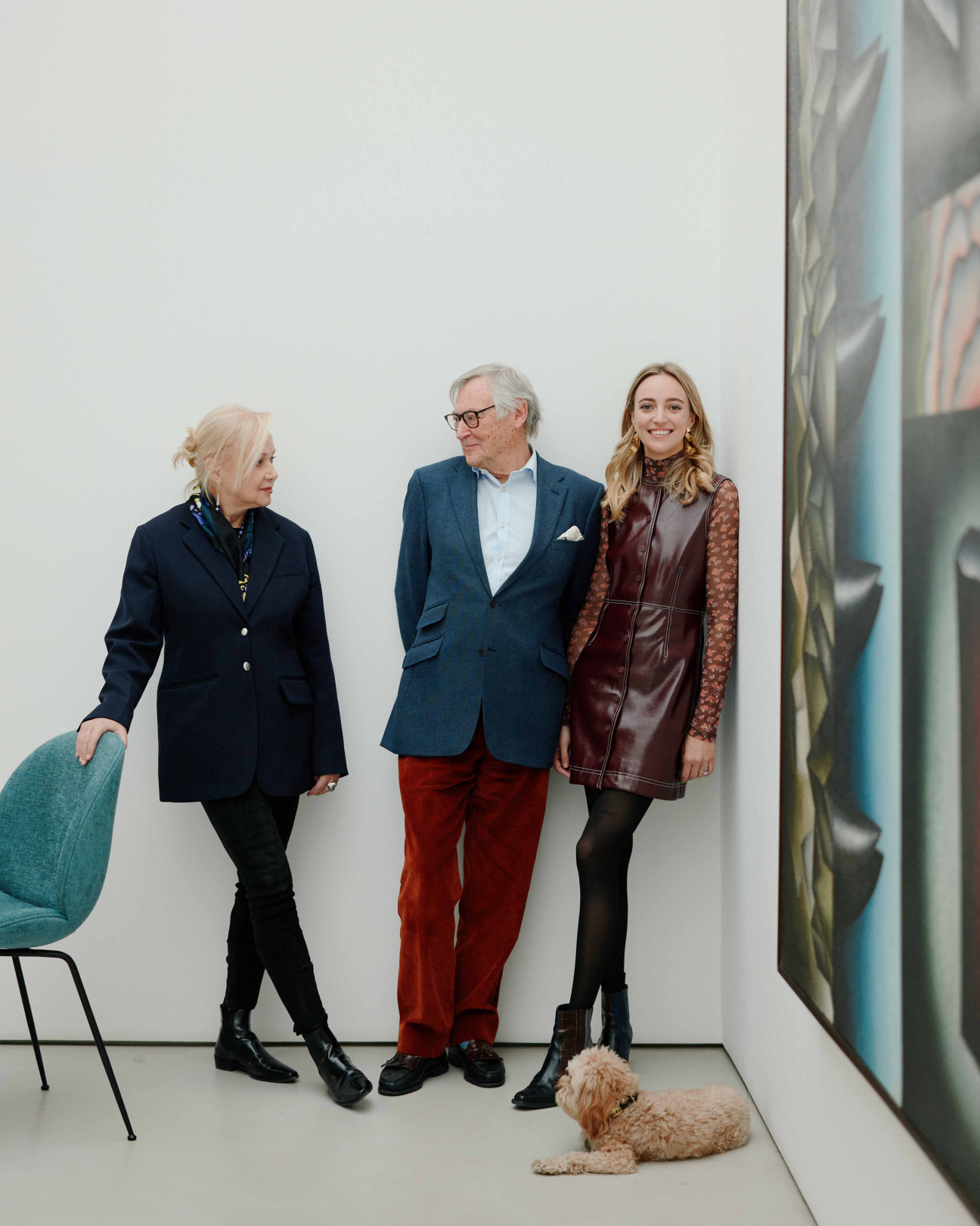
Lucy Mitchell-Innes and David Nash were uniquely positioned to start a business with a plan for the future. As former heads, respectively, of Sotheby's contemporary and Impressionist and Modern art divisions, the pair has extensive experience working with blue-chip names. When they transitioned into the realm of private dealing, their years working in the secondary market proved crucial to understanding how to shape artists’ legacies.
It was Mitchell-Innes who left the auction house first, in 1994, and began to work with the conservatorship of Willem de Kooning, who had a body of work and no dealer. “I had two young children, Josephine and Isobel, and the job at Sotheby’s required a tremendous amount of travel. I felt it was best to start my own business,” she recalls. David followed suit two years later, and the pair started the gallery that August.
“It was a big risk for us,” he says. “The business was either going to be a huge catastrophe or a great success. We’re lucky and grateful it was the latter. I was very happy to have Lucy lead me through the early years of learning how to be a private dealer.”
After de Kooning died in 1997, Mitchell-Innes & Nash was pivotal in valuing his work, and the estate of Roy Lichtenstein soon followed. The gallery spent the next several years working exclusively with artists' estates. “We created something of a cottage industry,” David says. “We were particularly qualified for the processes involved, which are complicated and technical, and we had a lot of experience establishing steady markets with longevity in mind.”
The gallery’s strength with estates firmly established Mitchell-Innes & Nash as a leader in the secondary art market. Meanwhile, its founders increasingly brought their business, as well as their interest in Egyptian and pre-Columbian art, into their home. “My parents have always loved collecting from different cultures and periods,” says Josephine. “Art is what I’ve always known, and it’s hard to understand as a child that this is an exceptional thing. Growing up, my sister and I did know the gallery was a place of business, but we definitely wreaked a fair amount of havoc there."
In the early 2000s, Mitchell-Innes & Nash started working with living artists, a program that Josephine has become pivotal in growing since she joined the gallery in 2011. Among the recent additions are Yirui Jia and Marcus Leslie Singleton. Josephine, who began as a gallery assistant and eventually became partner and senior director, held jobs in and out of the art industry, including a stint as Charlie Rose’s assistant, traveling around the world to meet with politicians and public figures. “Art and the family business have been at the dinner table my entire life, so it made sense to try it out, and I never left,” she explains.
The experience of engaging on a professional level has been rewarding for all of them. “I think everyone understands how comforting it is to spend time with people who have common interests,” Mitchell-Innes says. “I am excited to be on my hands and knees in a remote garage to discover a work of art firsthand and subsequently sell it to a major New York institution. That could seem odd to some people, so it’s nice that my family understands.”
Her parents may have started the business, but Josephine has helped cultivate the gallery’s contemporary vision. “David and I are delighted to be working with her. We couldn’t be happier that she enjoys what we created,” Mitchell-Innes says. “It’s also been rewarding to see how she’s grown. It’s hard to explain what it takes for a business to evolve and succeed. Josie just gets it. I am proud that we have increasingly come to rely on her to lead us.”










 in your life?
in your life?

